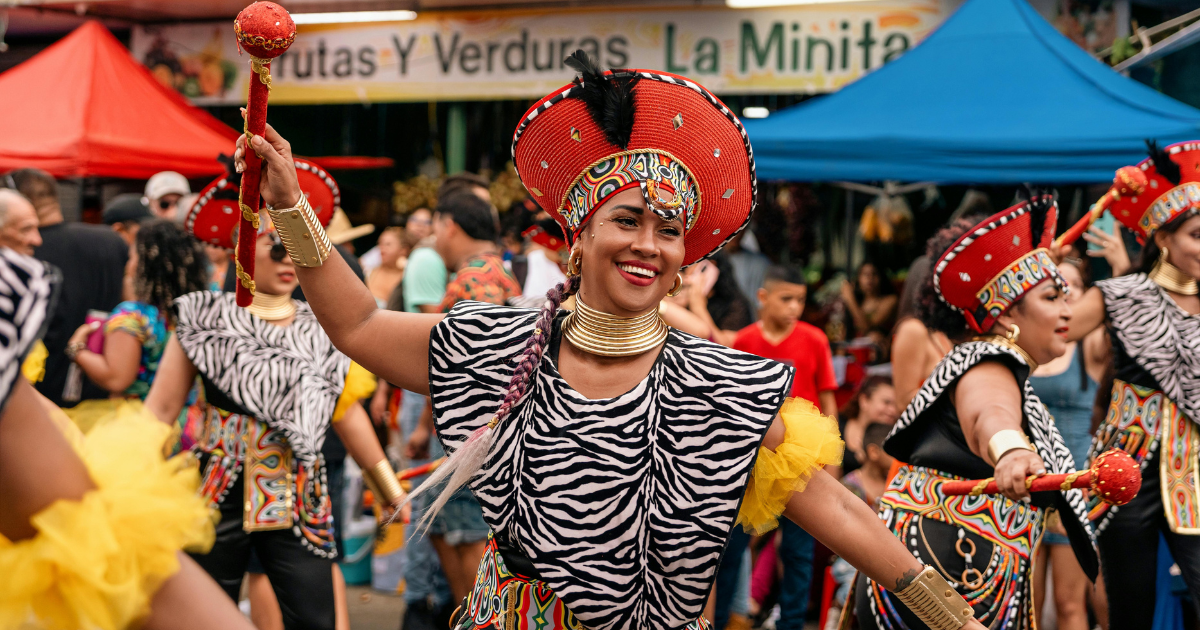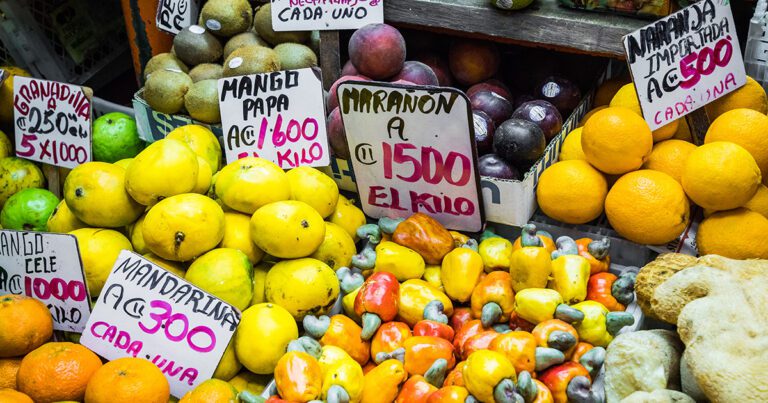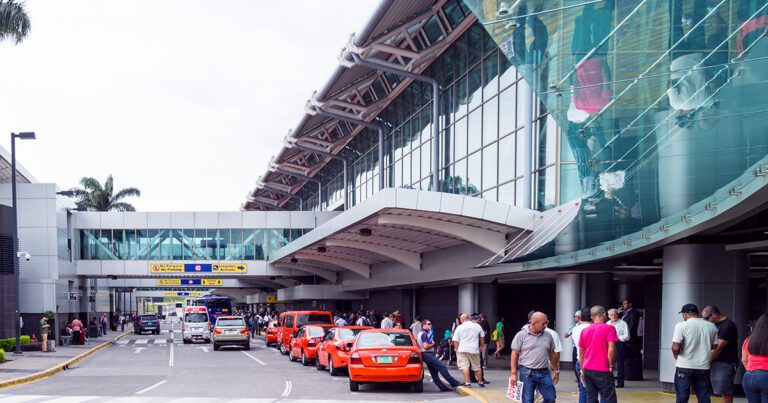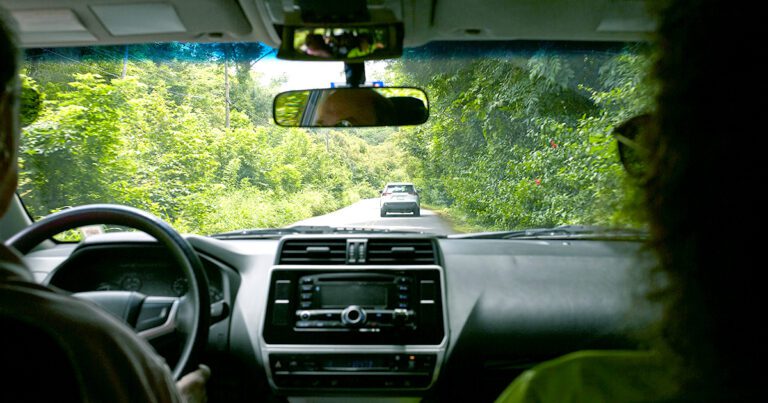There are countless reasons to fall in love with Costa Rica—the stunning beaches, the lush rainforests, and the incredible biodiversity that draws nature lovers from around the globe. Yet, the true treasure of this remarkable country lies in its people. The Costa Rica people are genuinely at a different level of warmth and kindness, making a visit to this destination truly worthwhile. The moment you arrive, you’re greeted with friendly smiles and heartfelt greetings that set the stage for an unforgettable experience. It’s the interactions with the Ticos that truly enrich your journey, turning a simple trip into a memorable adventure.
From bustling markets to small, family-run cafes, the Costa Rica people invite visitors to explore their world, offering insights into their traditions, values, and everyday lives. Engaging with locals reveals a vibrant culture that thrives on community, music, and celebration. Their infectious enthusiasm for life can be felt in everything they do, and it’s this uplifting spirit that encapsulates the essence of “Pura Vida”—a phrase that goes beyond its literal meaning of “pure life” to reflect an attitude of gratitude, joy, and a deep connection to the earth. It’s as if the Ticos’ positivity flows through every interaction, reminding you to savor the little moments that make life special.
To uncover the rich tapestry of Costa Rican culture and the traditions that bring its people together, keep reading as we delve deeper into the vibrant customs, celebrations, and everyday values that define this beautiful country. Join us on a journey that highlights the warmth of the Costa Rica people and discover what makes this destination so uniquely inviting.
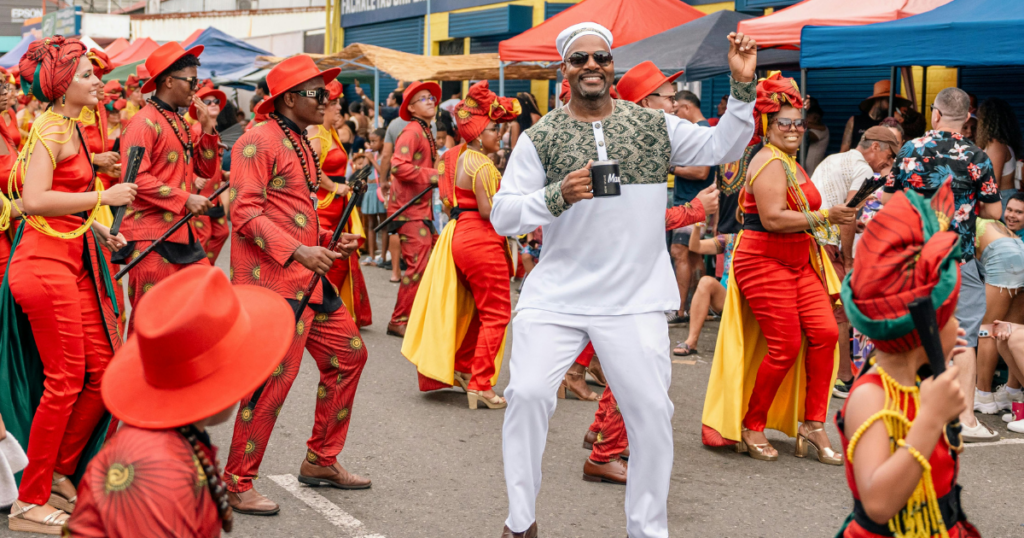
The Heart of Costa Rica – Its People
At the core of Costa Rica’s identity lies its people, affectionately known as Ticos and Ticas. Their warm and inviting nature is not just a stereotype; it’s a way of life that permeates every interaction. Whether you’re strolling through a bustling market, visiting a coffee farm, or enjoying a meal at a local soda (a small family-run restaurant), you’ll be enveloped by an atmosphere of friendliness and hospitality. Ticos take genuine pride in their culture and are always eager to share their love for their country with visitors.
You may find that locals go out of their way to ensure you feel comfortable and welcomed. From helping you navigate through towns to providing recommendations for hidden gems, their kindness often feels like a warm embrace. This camaraderie is deeply ingrained in the culture, where community ties are strong and relationships are valued. In Costa Rica, the concept of family extends beyond bloodlines; it includes friends and strangers who become part of the collective experience. The comforting presence of Ticos fosters an environment where travelers can feel at home, making every interaction memorable.
Language and Communication
Even though Spanish is the official language in Costa Rica, the warmth of its people transcends language barriers. The friendliness of the Ticos shines through in their everyday interactions, making it easy for visitors to connect. Most Costa Ricans are accommodating and willing to help English-speaking travelers, often eager to practice their own English skills while welcoming you to share a few key Spanish phrases. A simple “Hola” (hello) or “Gracias” (thank you) can go a long way in establishing rapport, and locals appreciate any effort made to communicate in their language.
For those who may not speak Spanish fluently, it’s helpful to learn a few common expressions. Phrases like “¿Cómo estás?” (How are you?) or “¿Dónde está…?” (Where is…?) can make interactions smoother and more engaging. The Ticos’ warm demeanor ensures that even if you stumble through a conversation, they will respond with encouragement and patience. This welcoming attitude creates an environment where visitors feel comfortable asking questions, conversing, and truly experiencing the essence of Costa Rican culture.
Ultimately, the heart of Costa Rica lies in its people—their warmth, kindness, and unwavering spirit of community. Through engaging with the Ticos, travelers gain profound insights into the nation’s rich culture and traditions, making each encounter an invaluable part of their journey.
Cultural Traditions and Celebrations
Costa Rica is a country that thrives on its vibrant cultural traditions and festive celebrations, all of which are deeply rooted in the lives of its people. The Costa Rica people celebrate a rich tapestry of customs, drawing from their indigenous heritage, Spanish influence, and a collective embrace of joyful living.
Festivals, traditional cuisine, and expressive music and dance all play pivotal roles in bringing communities together and showcasing the unique spirit of Ticos and Ticas. These cultural expressions not only honor the nation’s history but also strengthen the bonds within families and communities, inviting everyone—even visitors—to join in the celebration.
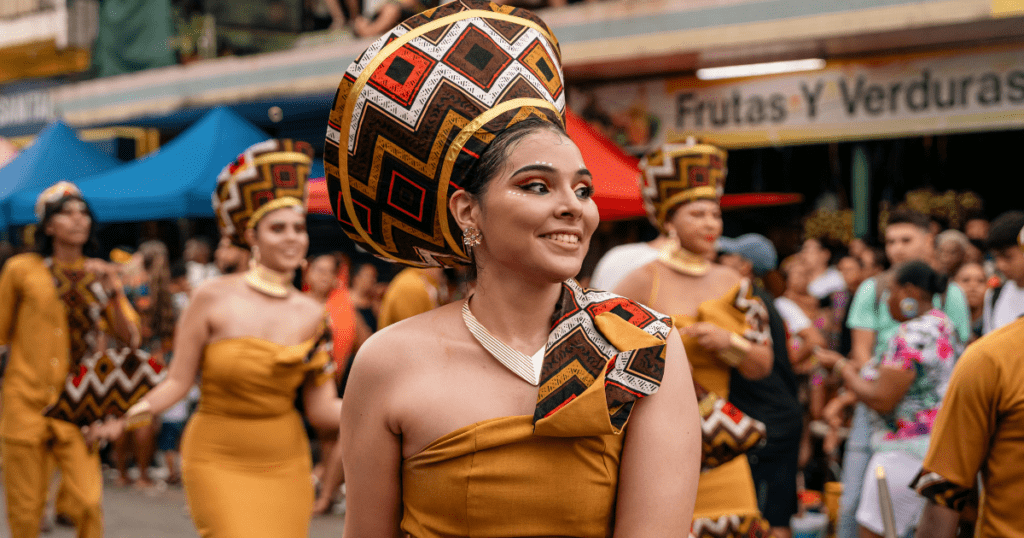
Festivals and Holidays
Throughout the year, Costa Rica comes alive with a plethora of colorful festivals and holidays that reflect the country’s deep cultural heritage. One of the most significant is Independence Day, celebrated on September 15. This spirited event features vibrant parades, traditional music, and folk dances that symbolize national pride. Local families gather to partake in festivities, exchanging stories and sharing traditional foods, reinforcing communal bonds during this important occasion.
Another noteworthy celebration is the Festival de la Luz, held annually in December in the capital city of San José. This festival lights up the night with dazzling parades filled with floats, illuminated displays, and lively performances. The joy radiating from the participants and spectators embodies the essence of Tico culture, where laughter and togetherness take center stage. These celebrations highlight the welcoming nature of Costa Rican people as they open their hearts and communities to everyone, encouraging travelers to join in the fun and experience the rich cultural heritage firsthand.
Traditional Cuisine
No cultural exploration is complete without indulging in traditional cuisine, and Costa Rica is no exception. Food serves as an integral part of Costa Rican tradition, reflecting both regional influences and the communal spirit of the Ticos. Staples like Gallo Pinto (a savory rice and bean dish) and Casado (a hearty meal featuring rice, beans, meat, plantains, and salad) tell the story of everyday life in Costa Rica.
Meals are often shared among family and friends, providing a perfect opportunity to foster connections and celebrate togetherness. Ticos take immense pride in their culinary traditions, and visitors are often welcome to join in the preparation of a meal or enjoy a home-cooked dish. These culinary experiences further enrich travelers’ understanding of the Costa Rica people, as they get a taste of authentic flavors and heartfelt hospitality.
Music and Dance
The vibrant music and dance of Costa Rica are expressions of joy and culture that resonate deeply within the community. Traditional genres like Folklore, Marimba, and Punto Guanacasteco serve as both entertainment and a means to pass down stories and history from one generation to the next. Dance is a vital component of celebrations, and locals participate with exuberance, inviting onlookers to join in the festivities.
Whether it’s a lively performance during a local festival or an impromptu dance at a family gathering, the rhythm emanating from Costa Rican music effortlessly draws people together. Costa Rica’s diverse musical landscape reflects the melting pot of cultures that define the nation, offering travelers a chance to connect with the Costa Rica people on a deeper level through shared experiences that celebrate life and community.
All in all, the cultural traditions and celebrations of Costa Rica serve not only to honor the past but also to strengthen the fabric of society. Through festivals, food, music, and dance, the Costa Rican people showcase a vibrant culture that is welcoming and inclusive, inviting everyone to partake in the joy of life. These experiences create lasting memories and illustrate just how integral the Ticos’ warmth is to the essence of Costa Rica.
Everyday Life and Values
The everyday life of Costa Rica is a beautiful reflection of its rich culture, shaped by values that prioritize community, gratitude, and a deep connection to nature. Central to this way of life is the Pura Vida philosophy, a phrase that has become emblematic of the Costa Rican spirit.
Translating to “pure life,” Pura Vida captures the essence of living with intention and appreciating simple pleasures. It’s a mantra that Ticos embody in their daily interactions, offering a calming perspective in the fast-paced world and serving as a reminder to celebrate the beauty in everyday moments.
Pura Vida Philosophy
The Pura Vida philosophy is more than just a catchy saying; it represents a lifestyle committed to positivity and mindfulness. Costa Rican people often greet each other with “Pura Vida,” not only as a friendly salutation but as a way of expressing their contentment with life. This infectious optimism pervades daily interactions, encouraging both locals and visitors to embrace a relaxed attitude and savor the present.
In practice, the Pura Vida mindset fosters strong relationships and a sense of community among the Costa Rica people. Families and friends frequently gather for shared meals, outdoor activities, or simple moments of togetherness, all reflecting the importance of connection. Travelers are warmly welcomed to engage in these traditions, allowing them to experience firsthand the joy and fulfillment that comes from living in harmony with others.
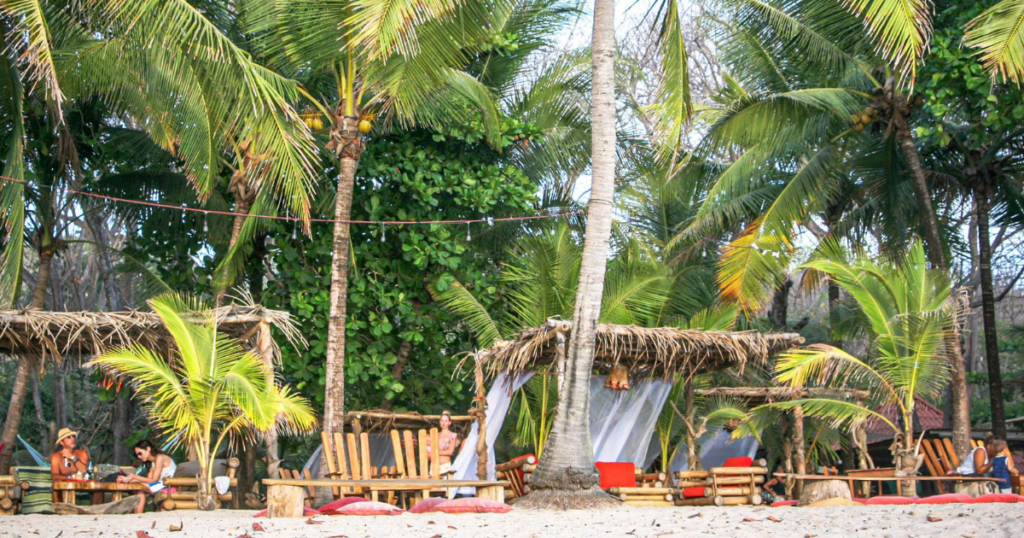
Environmental Stewardship
Costa Rica is internationally renowned for its commitment to environmental stewardship, and this dedication is firmly rooted in the values of its people. The Ticos’ reverence for nature is reflected in the nation’s innovative policies focused on sustainability, conservation, and eco-tourism. As stewards of one of the most biodiverse regions on the planet, the Costa Rica people recognize the vital importance of preserving their natural resources for future generations.
Everyday practices among the locals highlight this environmental consciousness. Many Ticos engage in sustainable farming practices that prioritize biodiversity and the health of the land. Communities often come together for clean-up efforts in local parks or beaches, demonstrating their shared responsibility toward maintaining the beauty of their surroundings.
Education about environmental conservation is also deeply integrated into Costa Rican society, with children often learning about the importance of protecting their ecosystems from a young age. This commitment to the planet creates a culture of active citizenship, where individuals not only advocate for environmental issues but also partake in grassroots movements.
Travelers are greatly affected by this collaborative spirit; visitors are encouraged to respect local ecosystems and participate in conservation activities. By engaging with the Costa Rica people, travelers can have a deeper understanding of the profound connection between Ticos and their natural environment, realizing that the ethos of “Pura Vida” extends beyond personal well-being to encompass the well-being of the planet as a whole.
Interesting Facts About Costa Rica People and Culture
Costa Rica is a Central American nation celebrated for its rich cultural tapestry and the warmth of its people. Having a laid-back and optimistic lifestyle, Costa Ricans prioritize community, family, and environmental conservation. This exploration of interesting facts about Costa Rican people and their culture delves into their traditions, values, and daily life, providing insights into what makes this country unique.
How Many People Are in Costa Rica?
As of 2023, Costa Rica has an estimated population of around 5 million people. The population density varies across different regions, with a significant concentration in urban areas, particularly in the Central Valley, where the capital city, San José, is located. San José and its surrounding cities, such as Alajuela, Heredia, and Cartago, together house a substantial portion of the country’s population.
Rural areas, while less populated, are characterized by their rich natural landscapes and smaller communities. Costa Rica’s population is known for its diverse ethnic composition, primarily made up of Spanish descendants, Indigenous peoples, Afro-Caribbean communities, and a growing number of immigrants from various countries. This demographic mix contributes to the vibrant cultural tapestry that defines Costa Rican society today.
What Language Do People Speak in Costa Rica?
The official language of Costa Rica is Spanish, which is spoken by the vast majority of the population. Costa Rican Spanish is known for its distinctive accent and regional variations, which include unique expressions and colloquialisms that reflect the country’s rich culture and heritage. While Spanish is the primary language used in daily life, education, and government, English is also commonly spoken, especially in tourist areas and among younger generations who learn it as a second language in school.
In addition to Spanish and English, various Indigenous languages are spoken by Indigenous communities, although these languages are less prevalent. The linguistic landscape of Costa Rica not only showcases the importance of Spanish as a unifying cultural element but also highlights the country’s openness to multilingualism, particularly in light of its significant tourism industry.
How Do People Dress in Costa Rica?
In Costa Rica, people generally dress casually and comfortably, which reflects the country’s warm tropical climate. Lightweight, breathable fabrics such as cotton are popular, allowing individuals to stay cool in the often humid weather. The typical attire for daily activities includes shorts, t-shirts, and sandals, particularly in coastal areas where beachwear predominates.
In urban settings or during formal occasions, Costa Ricans may opt for more polished outfits, including dress shirts, blouses, and slacks. Traditional clothing, such as the “traje típico” for women and men, is often seen during cultural festivals and national celebrations, showcasing vibrant colors and intricate designs that pay homage to the country’s heritage.
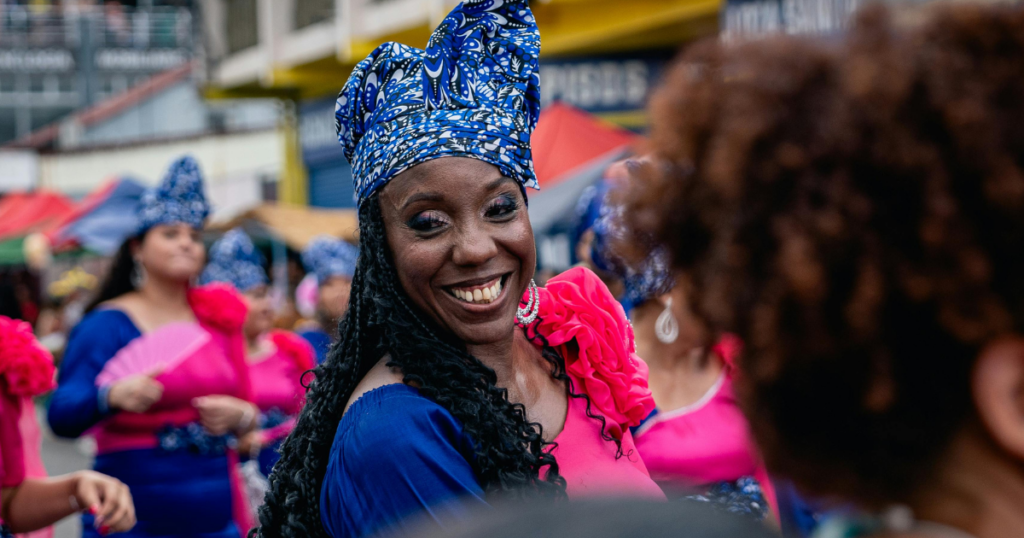
How Do People Get Around in Costa Rica?
Costa Rica people use a variety of transportation methods to get around, reflecting both urban and rural mobility needs. The public bus system is extensive and affordable, providing a primary means of transport for many Costa Ricans, particularly in urban areas and between cities. Additionally, taxis and ride-sharing services like Uber are widely used in metropolitan regions, offering convenience for shorter trips.
For those looking to explore the country’s stunning landscapes, renting a car is a popular option, as it provides the flexibility to travel at one’s own pace and reach remote destinations not easily accessible by public transportation. While some locals prefer biking or walking, especially in smaller towns, tourists often find that a combination of these methods, including rental cars for longer excursions, enhances their experience in this biodiverse nation.
What Are The Most Common Modes of Communication in Costa Rica?
The most common modes of communication encompass a blend of traditional and modern methods, reflecting both local culture and technological advancements. Spanish is the dominant language used in verbal communication, and casual interactions often feature phrases like “pura vida,” emphasizing the friendly, laid-back nature of Costa Rican society.
In urban areas, cell phones and smartphones are ubiquitous, facilitating instant communication through calls, text messages, and social media platforms such as WhatsApp and Facebook, which are widely popular. While face-to-face interactions remain important, especially in establishing relationships, digital communication has grown significantly, particularly among younger generations.
What Are Common Customs in Costa Rican Culture?
Common customs in Costa Rican culture are deeply rooted in the country’s values of warmth, friendliness, and community. One prominent custom is the greeting style, where it is typical to greet friends and acquaintances with a friendly “hola,” often accompanied by a hug or a cheek kiss, reflecting the importance of personal connections.
Family plays a central role in Costa Rican society, and gatherings are frequent, especially for celebrations like birthdays and holidays, where food and shared experiences take center stage. Additionally, Costa Ricans often celebrate their heritage through various festivals and events that showcase traditional music, dance, and local cuisine.
What Are Popular Leisure Activities in Costa Rica?
Popular leisure activities in Costa Rica are deeply influenced by the country’s stunning natural landscapes and rich biodiversity, encouraging both locals and tourists to embrace outdoor adventures. Hiking is a favorite pastime, with numerous national parks, such as Manuel Antonio and Arenal Volcano, offering breathtaking trails and opportunities for wildlife observation. Surfing also draws many enthusiasts to the country’s renowned Pacific and Caribbean coastlines, known for their excellent waves.
Additionally, Costa Ricans enjoy a variety of cultural activities, including participating in traditional festivals, attending local music events, and savoring the vibrant culinary scene. Sports, especially soccer, play a significant role in social life, with many people passionately supporting local teams. Furthermore, eco-tourism has become increasingly popular, allowing individuals to engage in activities like birdwatching, canopy tours, and visits to coffee plantations.
How Important Is Coffee to Costa Rican Culture?
Coffee is a fundamental aspect of Costa Rican culture, deeply ingrained in the nation’s identity and economy. Renowned for its high-quality Arabica beans, Costa Rica has earned a reputation as one of the world’s premier coffee producers, with coffee plantations dotted across its diverse landscapes, from the mountainous Central Valley to the lush regions of the East. The coffee trade has historically been a significant economic driver, contributing to the country’s development and shaping its agricultural practices.
Beyond its economic importance, coffee plays a central role in daily social interactions; it is customary for Costa Ricans to share a cup of coffee, referred to as “tinto,” during visits with friends and family, fostering community and hospitality.
What Are the Most Common Foods in Costa Rica To Try?
Costa Rican cuisine is characterized by its emphasis on fresh, local ingredients and simplicity, with several staple dishes that highlight the nation’s culinary tradition. One of the most popular dishes is “gallo pinto,” a flavorful mix of rice and beans often served for breakfast alongside eggs and tortillas. Another must-try is “casado,” a traditional meal that includes rice, black beans, a choice of protein (such as chicken, beef, or fish), and a side of salad and fried plantains.
Costa Ricans also enjoy “ola,” a refreshing beverage made from blended fruit, and “ceviche,” which features fresh fish marinated in citrus juice, especially popular along the coasts. Tropical fruits like mango, pineapple, and papaya are abundant and often consumed fresh.
What Is the Costa Rican Attitude Toward Foreigners?
Costa Ricans are generally known for their warm hospitality and friendliness toward foreigners, which stems from the cultural value placed on interpersonal relationships and the philosophy of “pura vida,” meaning “pure life.” This attitude encourages a positive outlook on life and fosters openness toward visitors.
Costa Rica people are eager to share their culture, traditions, and natural beauty with tourists, often going out of their way to assist and engage with those from abroad. The country’s long-standing reputation as a peaceful and welcoming destination has made it a hotspot for expatriates and tourists alike, further contributing to its multicultural atmosphere.
How Do Costa Ricans Typically Spend Their Free Time?
In Costa Rica, people typically spend their free time enjoying a wide range of leisure activities that often reflect the country’s rich natural beauty and cultural heritage. Many Costa Ricans take advantage of their stunning landscapes by engaging in outdoor activities such as hiking, surfing, and birdwatching, particularly in the abundant national parks and along the coast.
Community gatherings and family time are highly valued, with weekends often reserved for socializing with loved ones, attending local festivals, or participating in sports, especially soccer, which is a national passion. The vibrant cultural scene also draws people to art exhibitions, music events, and traditional dance performances. Additionally, the emphasis on a healthy lifestyle leads many to engage in activities like yoga and fitness classes.
Practical Tips for Discovering Costa Rica People and Culture
Costa Rica is renowned for its rich culture, warm-hearted people, and breathtaking natural beauty. To fully immerse yourself in the local lifestyle and traditions, it’s essential to engage with the community in meaningful ways. Here are some practical tips to help you discover the vibrant essence of Costa Rica people and culture during your visit:
Engage with Locals
One of the best ways to experience Costa Rican culture is to engage with locals. Visit community markets, participate in local festivals, or join a guided tour led by a Costa Rican. These interactions provide insights into everyday life and allow for authentic exchanges that enrich your experience.
Learn Basic Spanish Phrases
While many Costa Ricans, especially in tourist areas, speak English, making an effort to learn basic Spanish phrases can greatly enhance your interactions. Simple greetings, expressions of gratitude, and asking for directions in Spanish can show respect for the local culture and help you connect with the people on a more personal level.
Try Traditional Cuisine
Exploring Costa Rican cuisine is an excellent way to immerse yourself in the culture. Visit local “sodas” (small, family-owned restaurants) to taste traditional dishes such as Gallo Pinto, Casado, and fresh tropical fruits. Be open to trying local specialties, as food is a significant part of Costa Rican identity.
Participate in Cultural Festivals
Costa Rica hosts numerous cultural festivals throughout the year, featuring music, dance, art, and traditional foods. Attending these events provides a fantastic opportunity to understand the country’s traditions, local customs, and community spirit while enjoying lively celebrations.
Respect Local Customs and Traditions
Understanding and respecting local customs is crucial. For instance, greetings often involve a handshake or a light hug, and being polite is highly valued. Familiarize yourself with social etiquette, such as addressing people with respect and being considerate in conversations, especially regarding sensitive topics.
Explore Indigenous Cultures
Costa Rica is home to several Indigenous groups, each with its own unique customs and traditions. Consider visiting Indigenous reserves or participating in tours that educate visitors about their way of life, crafts, and practices. Make sure to approach these experiences respectfully and with an open mind.
Practice Eco-Friendly Tourism
As a country known for its commitment to environmental conservation, practicing eco-friendly tourism is crucial. Choose sustainable travel options, support local businesses, and participate in activities that promote preservation, such as wildlife conservation efforts or community clean-up projects.
Travel by Public Transportation
Utilizing public transportation is a great way to experience daily life in Costa Rica. It allows you to see various towns and regions while interacting with local residents. The bus system is generally affordable and extensive, making it a practical choice for exploring the country.
Stay in Local Accommodations
Opt for guesthouses, hostels, or homestays rather than international hotel chains. Staying in locally owned accommodations provides opportunities to interact with your hosts, learn about their customs, and often receive authentic recommendations for places to visit.
Be Open-Minded and Adaptive
Finally, approach your travels with an open mind and a willingness to adapt. Cultural norms, pace of life, and communication styles may differ from what you’re used to. Embracing these differences can lead to rewarding experiences and a deeper appreciation of Costa Rican culture and its people.
These practical tips can help ensure that your experience in Costa Rica is not only enjoyable but also enriching and respectful of the country’s vibrant cultural landscape.
Frequently Asked Questions
To help you better understand the people of Costa Rica, this section compiles frequently asked questions that explore various aspects of Tico life, including their customs, social interactions, traditions, and daily routines. Whether you’re a traveler looking to connect with locals or simply curious about the culture, these questions provide valuable insights into the essence of Costa Rican society.
Are people in Costa Rica really friendly?
Yes, people in Costa Rica are generally known for being friendly and welcoming. The culture emphasizes kindness and hospitality, making visitors feel at home. Ticos, as Costa Ricans are called, often engage in casual conversations and are eager to help those in need. This warm demeanor contributes to the country’s reputation as a famous destination for tourists seeking a positive and inviting atmosphere.
What are the main characteristics of Costa Rican culture?
Costa Rican culture is defined by its core values of family, community, and a philosophy known as “pura vida,” which embodies a positive and relaxed attitude toward life. The culture is heavily influenced by a mix of indigenous, Spanish, and Afro-Caribbean heritages, evident in its music, art, and cuisine. Education is highly prioritized, and Costa Rica is known for its progressive environmental policies and commitment to sustainability.
How do Costa Ricans typically greet and interact with each other?
Costa Ricans typically greet each other with a warm handshake, often accompanied by a friendly smile and direct eye contact. Close friends and family might also embrace or share a light kiss on the cheek as a form of greeting. Conversations often include small talk, reflecting a genuine interest in the other person’s well-being, which promotes a sense of connection and community.
What kinds of music and dance are popular in Costa Rican culture?
In Costa Rican culture, popular music includes genres like “calypso,” “cumbia,” and traditional folk music known as “musica tica.” Marimba music is especially beloved, often played at celebrations and festivals, featuring the lively wooden percussion instrument. Dance styles like the “cumbia” and “pasillo” accompany these musical genres and reflect the country’s diverse cultural influences. Additionally, the ” Punto” dance is a traditional folk dance that showcases Costa Rican heritage and community spirit.
Are there significant indigenous communities in Costa Rica today?
Yes, Costa Rica is home to several significant indigenous communities, each with its unique culture and traditions. The most prominent groups include the Bribri, Cabécar, Maleku, and Ngäbe, among others. While these communities represent a small percentage of the overall population, they play a vital role in preserving the country’s cultural heritage and biodiversity. Many indigenous groups continue to practice traditional customs, languages, and agricultural practices.
What are some common professions found in Costa Rican communities?
In Costa Rican communities, common professions include agriculture, particularly coffee and banana farming, which are significant exports for the country. Tourism is another vital sector, with many people working in hospitality, tour guiding, and eco-tourism due to the country’s rich biodiversity and natural attractions. Additionally, education and healthcare professions are prominent, reflecting the country’s emphasis on these services.
What is the significance of the national parks in the lives of Costa Ricans?
National parks hold significant importance in the lives of Costa Ricans, serving as vital spaces for environmental conservation and biodiversity. They provide a refuge for the country’s rich flora and fauna, helping to protect endangered species and ecosystems. Beyond ecological value, these parks are a source of national pride and cultural identity, reflecting Costa Rica’s commitment to sustainability and environmental responsibility.
How do Costa Rica people spend their weekends and leisure time?
Costa Ricans often spend their weekends enjoying outdoor activities, reflecting their love for nature and the environment. Many people participate in recreational sports, such as soccer, hiking, or cycling, taking advantage of the country’s diverse landscapes. Family gatherings and social events are also common, with barbecues (“asados”) and celebrations playing a central role in community bonding. Additionally, visiting local markets, attending cultural festivals, or exploring national parks are popular ways to unwind and connect with nature.
What are common public behavior norms in Costa Rican culture?
Common public behavior norms in Costa Rican culture emphasize respect, politeness, and a friendly demeanor. People generally greet each other warmly, with a handshake or a kiss on the cheek among friends, reflecting a strong sense of community. It’s considered polite to say “buenas” (good day) when entering shops or restaurants. Additionally, maintaining a calm and patient attitude is valued, as being overly aggressive or confrontational is frowned upon.
Final Thoughts
Costa Rica is a country where warmth and kindness permeate everyday life, shaping the interactions and relationships among its people. The Ticos, as Costa Ricans lovingly call themselves, embody a culture that values family, friendship, and a genuine zest for life, encapsulated in their famous motto, “pura vida.” Through their customs, music, and communal gatherings, they create a vibrant tapestry that celebrates not only their diverse heritage but also the natural beauty of their homeland. Whether it’s enjoying traditional dances or engaging in spirited conversation, the essence of Costa Rican culture invites everyone to embrace joy and connection.
As you explore Costa Rica, you’ll notice how public behavior norms foster respect and harmony among its people. Interactions are characterized by warmth and kindness, making it easy for visitors to feel welcomed and at home. The country’s numerous national parks, markets, and cultural celebrations provide ample opportunities for forging meaningful connections, and these experiences are made even richer by the stunning landscapes that serve as a backdrop. By immersing yourself in local customs and traditions, you’ll gain a deeper understanding of Costa Rican life and the shared values that unite its diverse population.
To make the most of your journey and fully experience the warmth of Costa Rican culture, consider renting a car from Budget Costa Rica. This will enable you to reach off-the-beaten-path destinations, visit charming local towns, and interact with the friendly communities that define this beautiful country. With the freedom to explore at your own pace, you can truly embrace the spirit of “pura vida” and create unforgettable memories with the incredible people of Costa Rica. Rent a car with us today and embark on an adventure that connects you to the heart and soul of this extraordinary nation.

